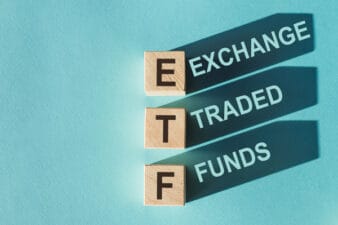There may be no formal definition of a passive-income champion. But for the sake of this piece, let’s consider it a stock with a dividend yield north of 8%. Indeed, the higher the yield, the lower the long-term growth potential. And when you surpass a certain mark (let’s say 6%), the dividend health may also be at risk. Of course, every situation is different, as not every 6%-yielder is bound to slash its payout by more than half at some point.
Either way, this piece will concentrate on one passive-income stock that’s as cheap as its dividend is bountiful, at least in my opinion. Though the higher yields may come at the cost of growth and dividend security, I still think a good amount of capital gains is possible if all the right cards fall into place.
Investors should always take extra caution regarding mega-high-yielding falling knives because dividend safety could be a growing concern.
BCE stock: A massive 8.8% dividend yield. But risks remain
BCE (TSX:BCE) stock has started to lose its lustre in recent weeks, with the stock now down more than 7% from its September peak. Indeed, it’s hard to catch bottoms in such fallen stocks, especially those that have more than a handful of growth woes and industry headwinds. Just when you thought the stock would turn a corner in June on the back of lower rates, BCE peaked out and now seems on course for lower lows.
Though we don’t know when or if the dividend will be cut, I think that some chance of a reduction is already priced in.
Indeed, a safe 8.8% yield would be nice, but I think it’s swollen enough to be considered in the danger zone. Though it seems like nothing can go right for the firm as its payout ratio gets out of hand, I think we’ve reached a point where the beaten-down valuation is about as appealing as the dividend yield itself. In fact, I’d argue the value is the main attraction to most investors getting in at these levels, not the dividend yield.
Further, some big analysts on Bay Street are willing to give the telecom stock the benefit of the doubt, with price targets that imply a positive upside for the year ahead.
Even if the stock proves deeply undervalued at close to $45, the dividend may not arise from this sell-off unscathed. Indeed, a lot still needs to go right for the firm before we can conclude the dividend is safe. In the coming sessions, we’ll gain a glimpse of how the firm is faring as it tries to garner some enthusiasm.
BCE’s next quarterly reveal could be make or break for the stock
Either way, BCE is poised to report its third-quarter numbers on November 7, 2024. If it’s a beat, perhaps BCE stock could be in for a nice correction to the upside as income investors feel better about the turnaround trajectory and the health of the dividend.
However, if BCE falls short, who knows how much lower shares could sag. Personally, I think expectations are too low going into the number. Whenever you have low expectations, it doesn’t take a whole lot of effort to move the needle higher.
At these levels, I view the odds of a dividend reduction to be relatively high, making it less appealing for retirees who just can’t deal with the possibility of a reduction.








